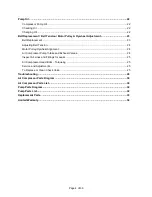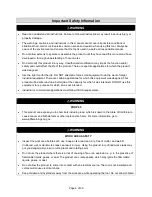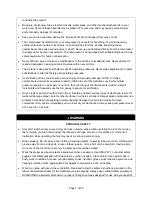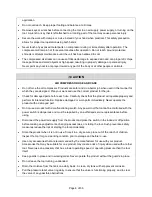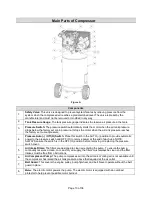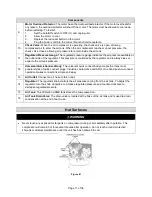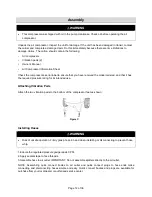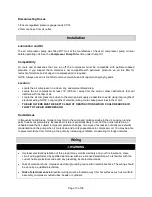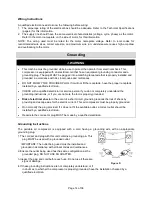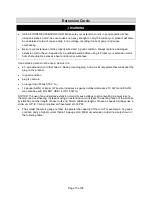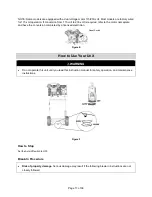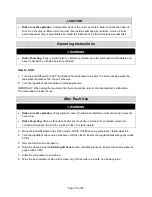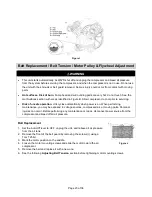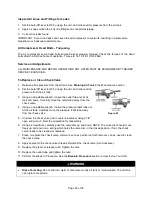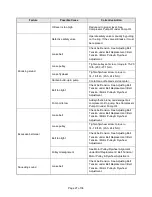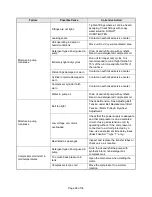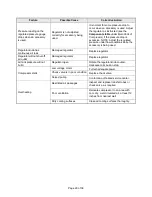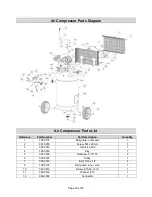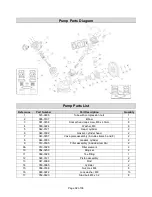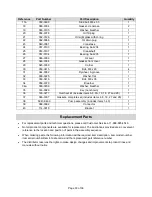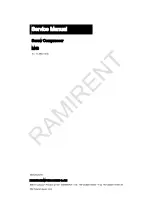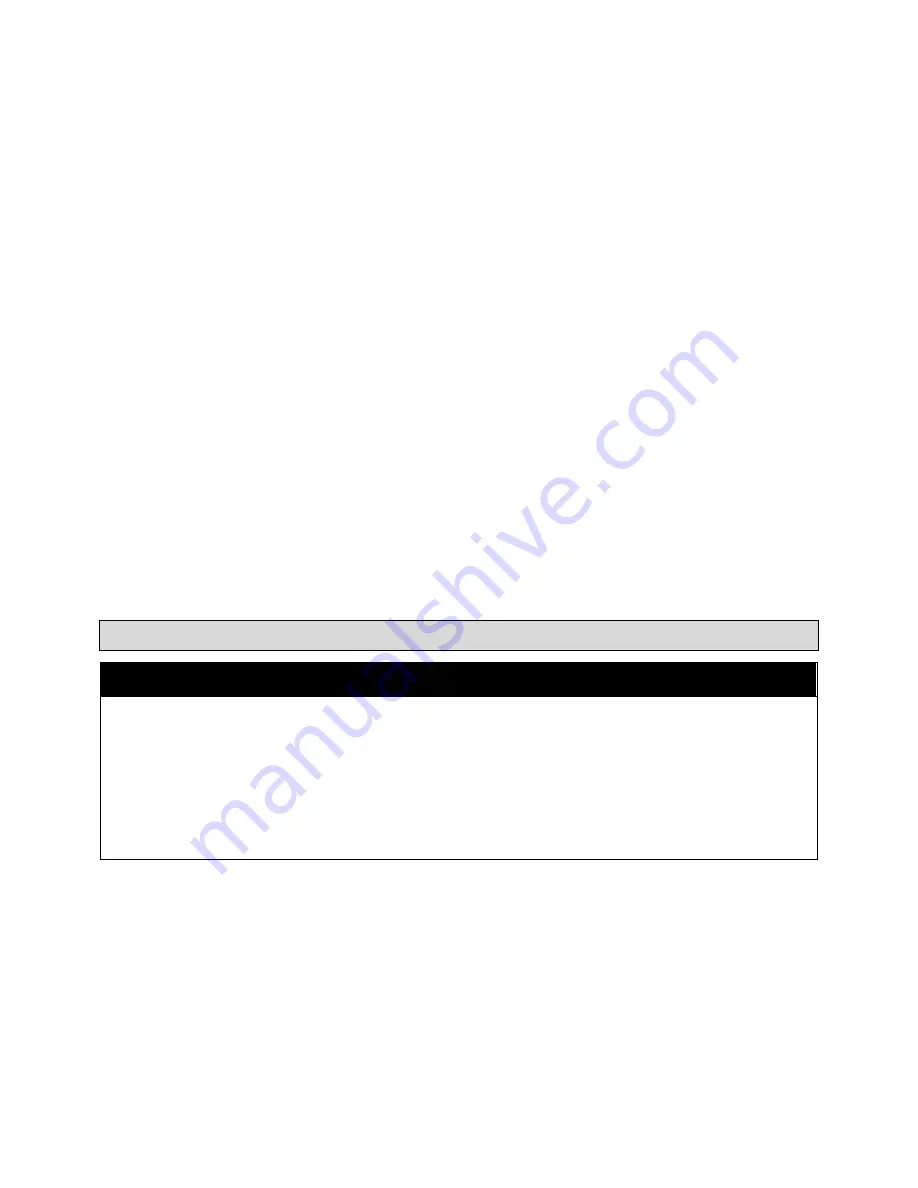
Page 18 of 36
This procedure is required before the air compressor is put into service and when the check valve or a
complete compressor pump has been replaced.
1. Make sure the Auto/Off switch is in the OFF position.
2. Check the oil level in the pump. See the
Checking
Oil
section in
Pump
Oil
for instructions.
3. Plug the power cord into the correct branch circuit receptacle. (Refer to Voltage and Circuit Protection
paragraph in the Grounding section of this manual.)
4. Open the drain valve (counter-clockwise) fully to permit air to escape and prevent air pressure build-up
in the air tank during the break-in period.
5. Move the Auto/Off switch to the
“Auto” position. The compressor will start.
6. Run the compressor for 30 minutes. Make sure the drain valve and all air lines are open so there is only
a minimal air pressure build-up in the tank.
NOTE: After about 30 minutes, if the unit does not operate properly, SHUT IT DOWN IMMEDIATELY, and
contact Customer Service.
7. Check all air line fittings and connections/piping for air leaks by applying a soap solution. Correct if
necessary. NOTE: Minor leaks can cause the air compressor to overwork, resulting in premature
breakdown or inadequate performance.
8. Check for excessive vibration.
9. After 30 minutes, turn the Auto/Off switch to the OFF position.
10. Close the drain valve.
11. Turn the Auto/Off switch to the AUTO
position. The air receiver will fill to “cut-out” pressure and the
motor will stop. The compressor is now ready for use.
Before Each Start-Up
⚠
WARNING
•
Risk of unsafe operation.
Firmly grasp air hose in hand when installing or disconnecting to prevent
hose whip.
•
Risk of unsafe operation.
Do not use damaged or worn accessories.
•
Risk of bursting.
Too much air pressure causes a hazardous risk of bursting. Check the
manufacturer’s maximum pressure rating for air tools and accessories. The regulator outlet pressure
must never exceed the maximum pressure rating.
12. Place Auto/Off switch to OFF.
13. Close the drain valve.
14. Visually inspect the air lines and fittings for leaks.
15. Check safety valve. See the
Checking Safety Valve
section under
Maintenance
.
16. Turn the regulator knob counter-clockwise to set the outlet pressure to zero.
17. Attach the hose and accessories.
NOTE: The hose or accessory will require a quick connect plug.

